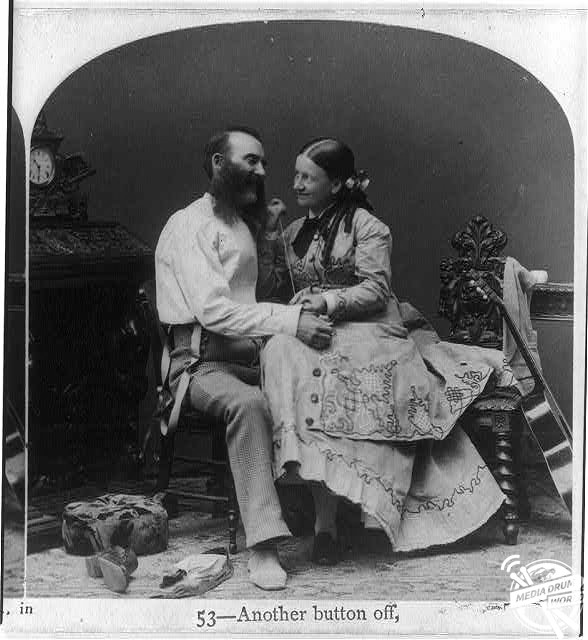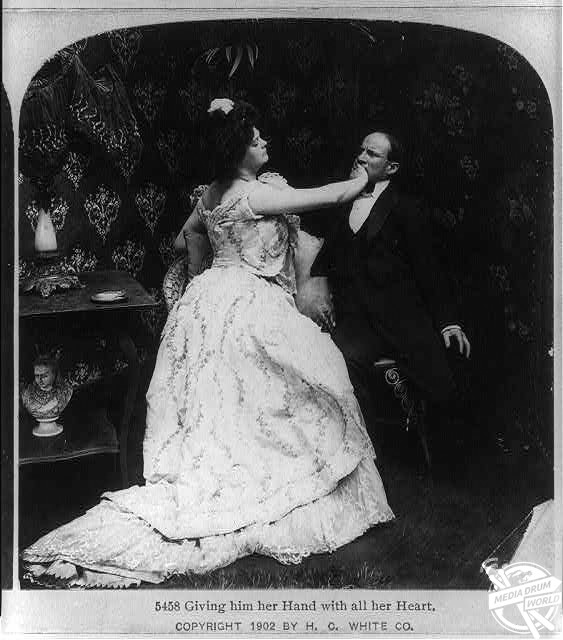By Liana Jacob
AMUSING black and white stereo cards show the quaint history of love from courtship to marriage.
The quirky images from the 19th and 20th century vary from romantic to humorous; a man devotedly kissing a woman on her cheek, a newspaper-covered couple lovingly gazing at each other.
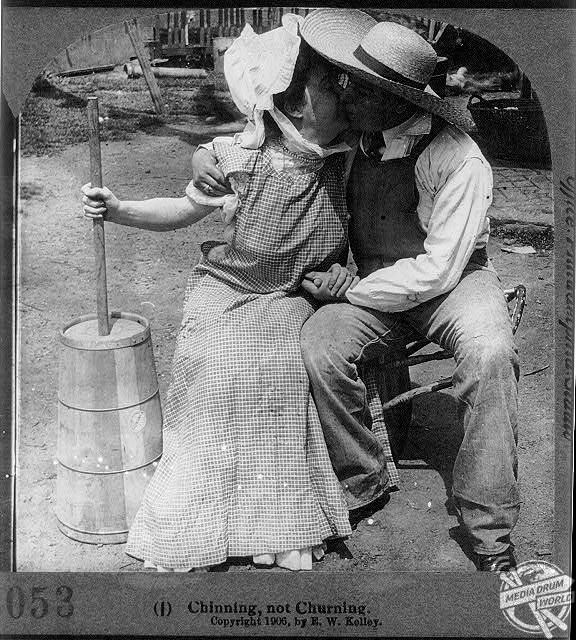
The series of stereo cards also include more comical images illustrating the differences between couples before and after marriage.
To represent couples before marriage; a woman is shown admiringly holding a flower up to the suited man while sitting beneath a tree with an umbrella shading them.
Another image reflects a relationship after marriage with the same couple sitting with their backs to each other.
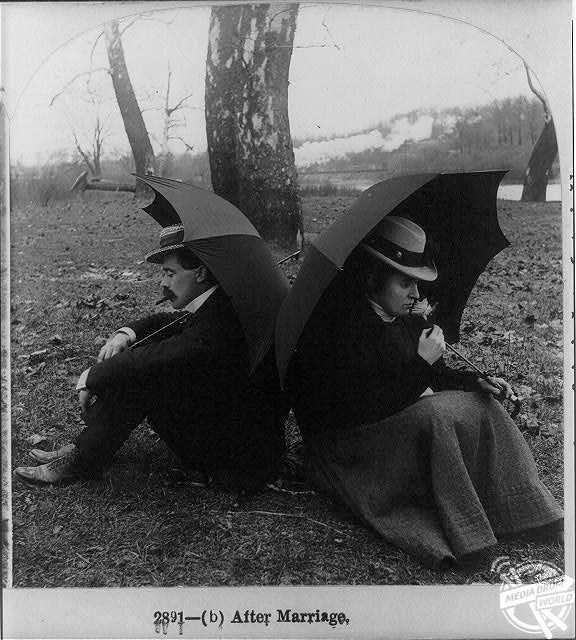
Other images include a woman dismissively holding her hand across a confused man’s mouth and a woman playing “guess who?” with an unsuspecting man.
A book by author, Jennifer Phegley, called Courtship and Marriage in Victorian England, delves into the history of relationships in the Victorian era.
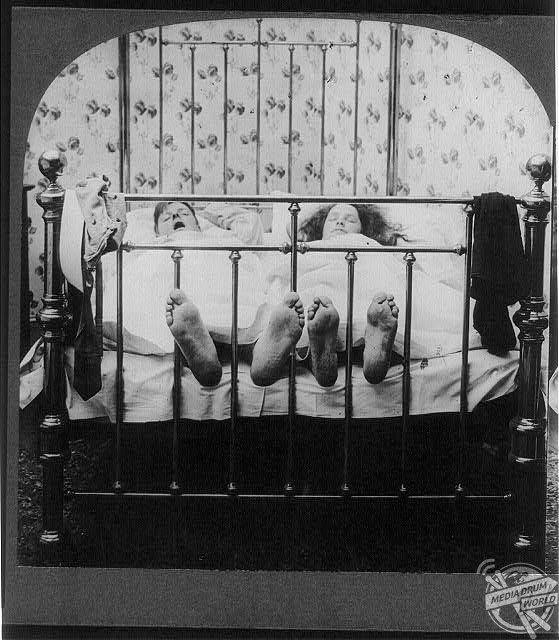
“Once a suitor was approved, the appropriate length of courtship for a middle- to upper-class couple was a serious issue to consider,” Phegley said.
“While lengthy courtships were undesirable, they were expected to be long enough for couples to get to know each other as well as they could while still being monitored by chaperones or family members.
“The fear was that the longer the courtship lasted, the more likely it would disintegrate. Quarrels could occur, partners could change their minds, or new lovers could present themselves.”
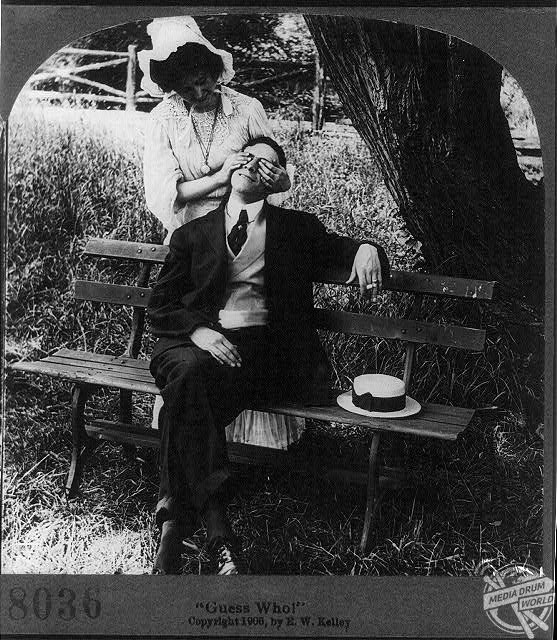
However, Phegley noted that members of the working class avoided strict courtship rules and were, to some people, better off for it.
She also references another author who chose to confront these rules to release the pressure they face which declares that an unmarried man and woman should never be together without a chaperone.
“The world is always concerning itself frantically about appearances, and never about the reality of things,” Wheeler said.
